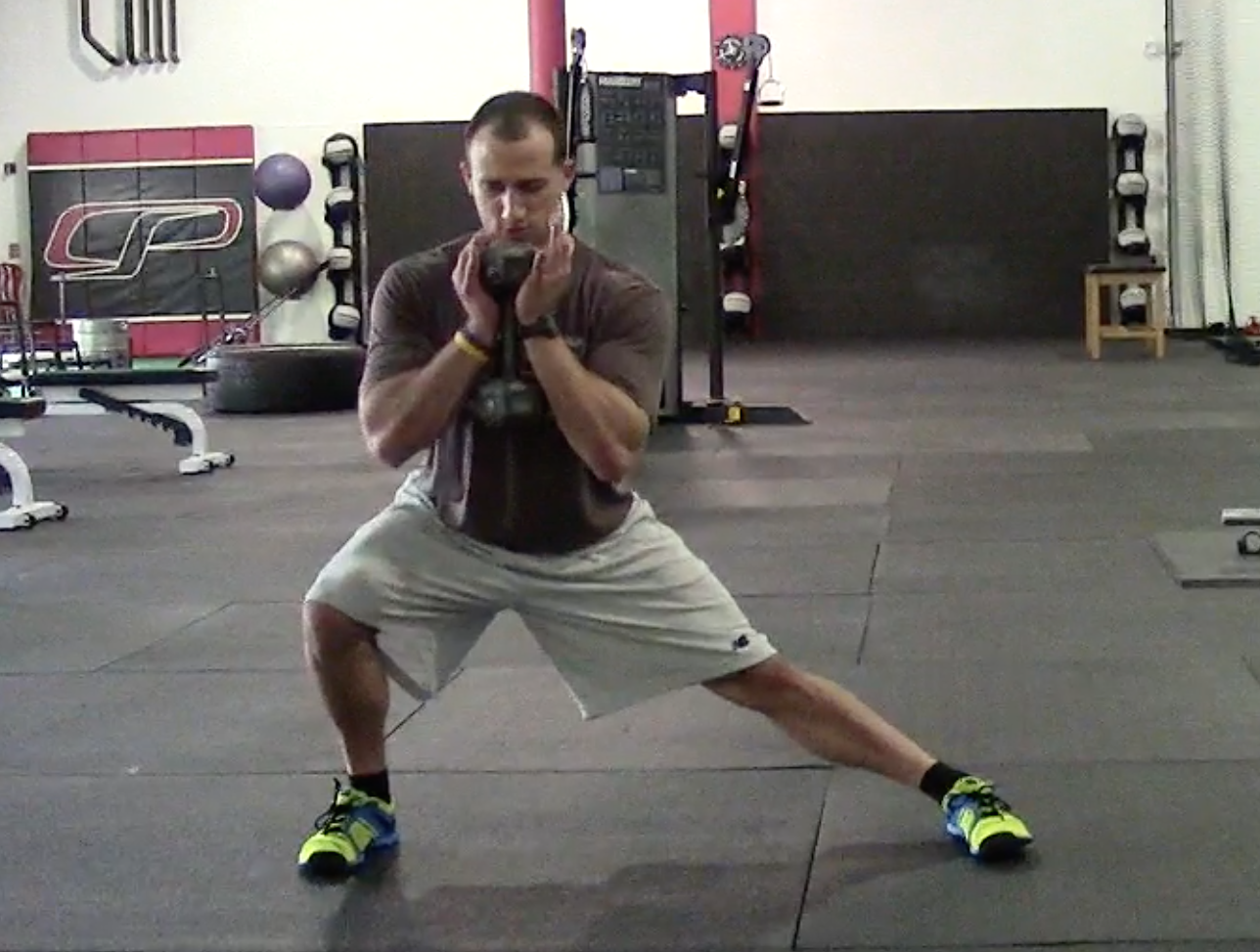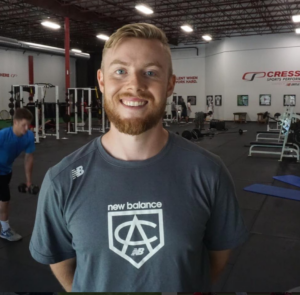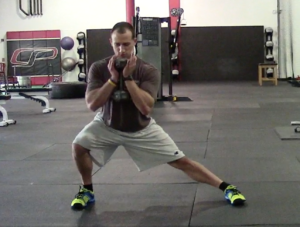
Periodization for Teenage Athletes: Part 1
Today’s guest post comes from Cressey Sports Performance (CSP) coach, John O’Neil. This post was inspired by my Instagram post from 9/1; check it out HERE. Enjoy! -EC
There’s a big flaw in the way we as an industry (myself included) try to learn things. We assume that we have control of all of the variables and often times assume that an athlete is far more advanced than they really are. I get it: it’s fun and exciting as strength coaches to learn a new advanced technique and try to decipher how to best fit it into your model. In this series, I will attempt to define how we differentiate periodization schemes for our beginner and advanced athletes at Cressey Sports Performance CSP). Part one will focus on separating the different types of periodization used at CSP.
At CSP, we use a concurrent/conjugate style of programming that doesn’t strictly adhere to principles of block periodization. The more advanced an athlete is, the more their program might look like it’s block periodization, but there are still elements of it that are far more similar to a concurrent model. The reasons are simple: we train primarily athletes who need to train a multitude of qualities in off-seasons ranging 3-6 months – and they don’t need to be peaked for any individual event. Rather, they need to be ready to perform for periods of greater than half the calendar year. For our high school athletes, this could mean 40-50 games, and for our pro guys, this could be as many as ~190 (spring training, regular season, and post-season). We refer to this hybrid concurrent/block periodization scheme as a conjugate model.
First, let’s define these terms. Taken from Supertraining (Siff, Verkoshansky), a concurrent model “involves the parallel training of several motor abilities, such as strength, speed, and endurance, over the same period, with the intention of producing a multi-faceted development of fitness.” A conjugated sequence, as defined by Periodization (Bompa), is a “method of sequencing training to take advantage of training residuals developed within periods of concentrated loading.” We will distinguish between these terms by using concurrent to refer to our athletes with a lower training age, and conjugate to refer to the periodization used with our higher training age athletes. The same book defines block training as “a sequential approach to structuring training in which individual blocks of training which have a distinct focus are linked together.”
(Author’s Note: In researching for this article, I found conflicting definitions of these terms. For the sake of consistency in this series, I will be using the terms as defined in this paragraph.)
Put simply, concurrent is where there is no one main focus; conjugate periodization will have one main focus but will also be training other qualities as supplementary work; and block periodization is a period where we are training one quality at a time. Concurrent periodization will be for athletes who need more general physical preparation (GPP), and conjugate periodization will be for athletes who have earned the right for more specific physical preparation (SPP).
For our beginner athletes, usually ages 13-15, it’s our job to develop and train a multitude of qualities, so the programming will be in a concurrent model. In addition, this could include slightly older athletes (16-18) who don’t have much training experience. While a youth baseball player’s program might look slightly different than someone playing another sport, this is where the greatest overlap between programs for athletes of different sports occurs. If they have something in their program that looks baseball-specific (e.g., a rotator cuff exercise), it’s mainly so they can learn good technique on it for when they’re ready for a more specialized program. It’s also generally used during rest periods from a more important exercise for this age group.
These athletes need everything: strength, speed, hypertrophy, power development, and a host of other things. Everything is in a GPP phase. They need to learn technique on basics such as sprinting, jumping, and changing directions. They need to learn technique on basic lifts: squats, deadlifts, lunges, pushes, and pulls. Most of these athletes only train with us anywhere from 3-6 hours a week, meaning we have a lot of possible information to fit into a concentrated time period.
Using the speed-strength continuum, these athletes will train in every facet of it. They will sprint, throw med balls, move weights relatively fast, and move heavier weights slower. We don’t yet consider time of the competitive season as there doesn’t need to be anything resembling peaking.
Programming for these athletes won’t have anything resembling a block; instead, it will focus on mastering the fundamentals of training so that by the time they’re able to have higher levels of output, they won’t need to spend immense amounts of time learning technique. Loaded exercise selection will be kept within a narrow scope, and they might stay relatively the same for 12-16 week periods. Instead of changing exercises, the variables we’ll change are intensity and volume: basic progressive overload techniques will win. We need to pick the exercises that allow the person to progress towards a position where we need to consider having a more specialized.
When someone is more specialized, the programming will become more of a conjugate model. Exercise selection will be more geared towards training qualities needed for the specific sport. We might change loaded supplementary exercises more frequently to give athletes more exposure to joint positions they need to be strong in, and, each phase will have a specific focus.
Using the strength-speed continuum, the phases will reflect the competitive season. In early offseason, weights might be heavier and the speed of movement will generally be slower. The focus will be closer to the absolute strength end of the spectrum. Late in the off-season, weights may decrease as speed of movement increases, and the focus becomes mimicking speed of sport. Actually playing the sport will start to coincide with training and we have a new host of variables to consider.
Programming for these athletes will be more built around their actual sport training; for example, a baseball pitcher’s throwing program begins to become primary to his training program as the offseason progresses. Exercise selection, while more variable and through a much wider selection than the beginner athletes, will all have a specific purpose that relates back to performing at their sport. Instead of changing intensity/volume primarily and exercise selection secondarily, the intensity/volume will be scaled directly with the offseason of the sport. The exercise selection might vary more because we don’t want our athletes to become specialists at exercises they can load exceptionally well like deadlifts and squats.
In part two of this series, I’ll take a deeper dive into how we program using a concurrent model for our athletes with a lower training age – and when we might consider switching their programming to a conjugate based scheme.
About the Author
John O’Neil (@ONeilStrength) is a coach at Cressey Sports Performance-MA. You can contact him by email at joh.oneil@gmail.com and follow him on Instagram.





